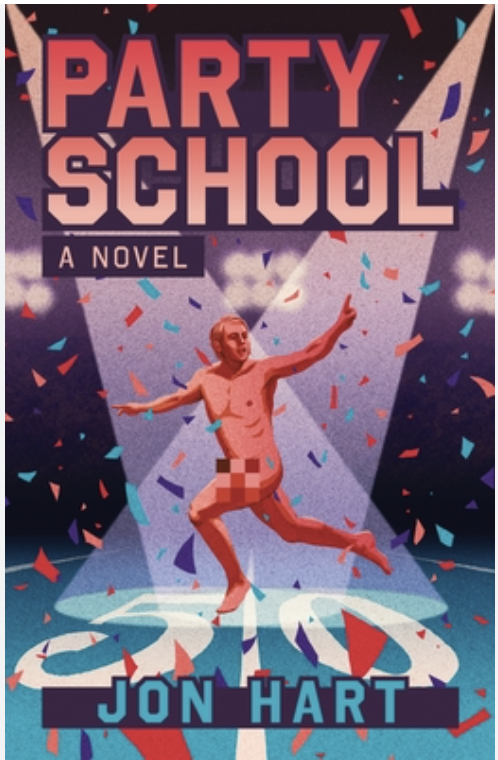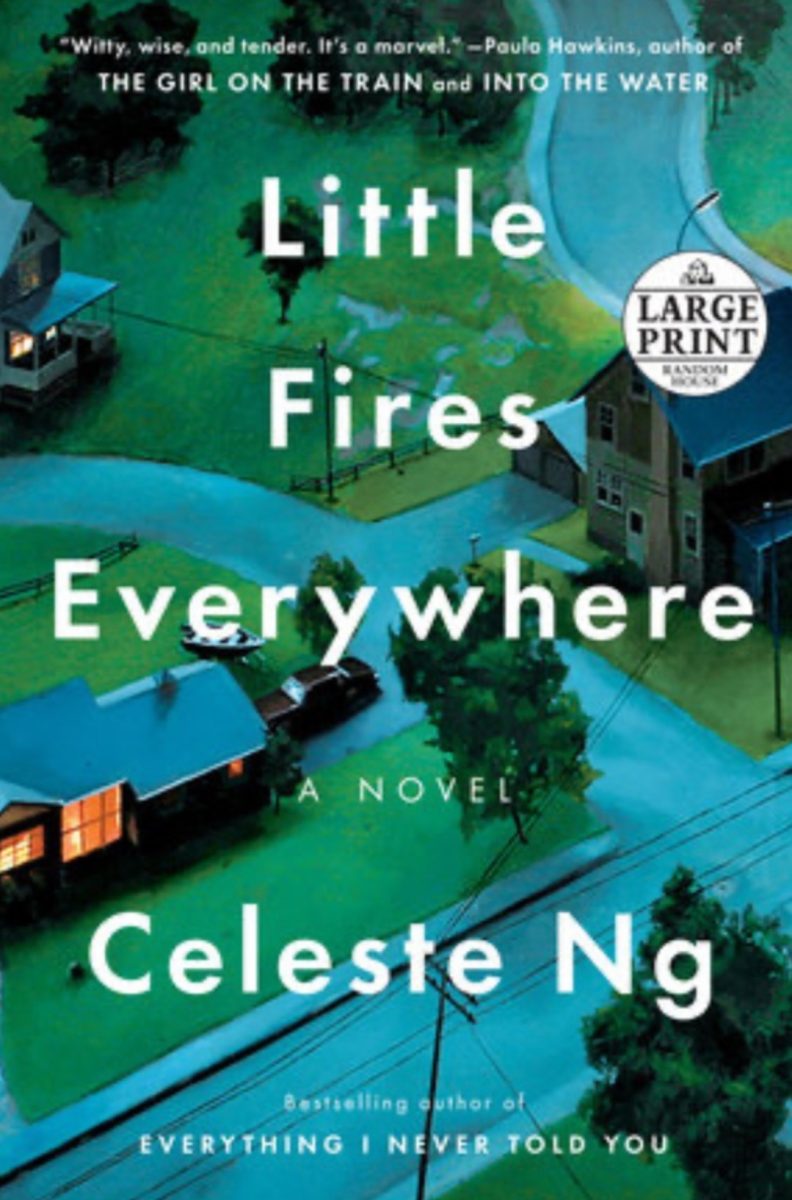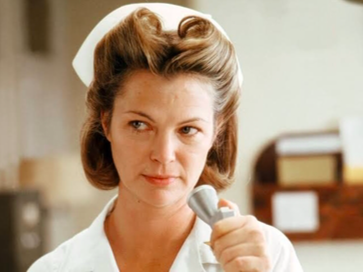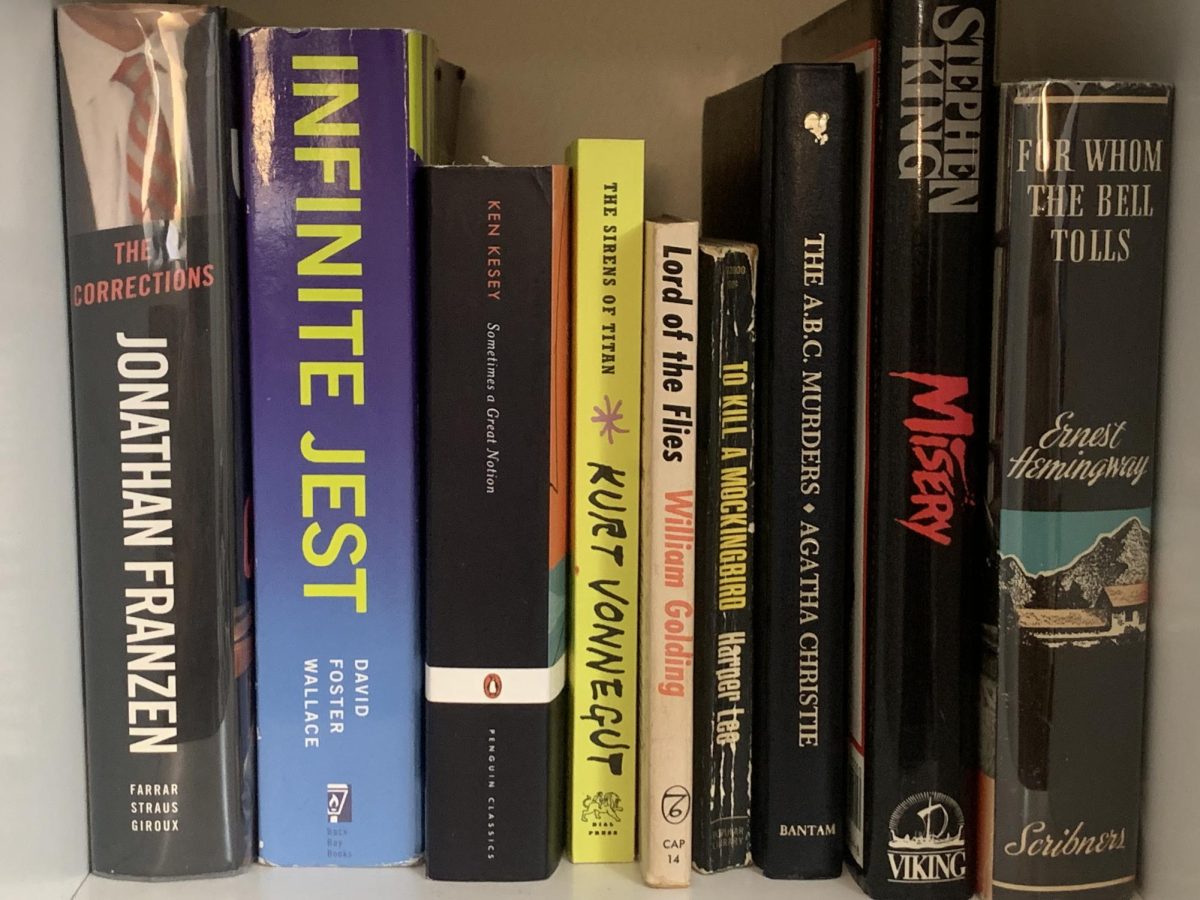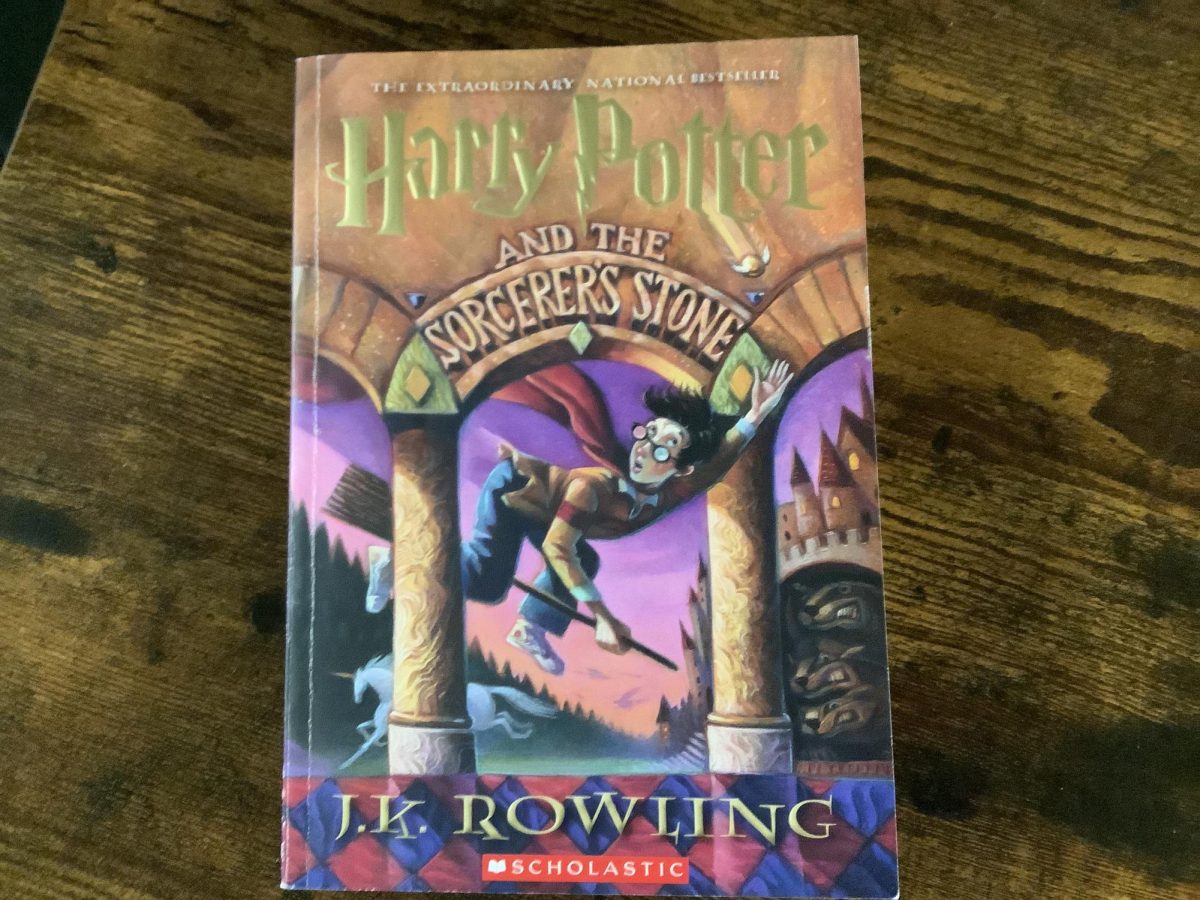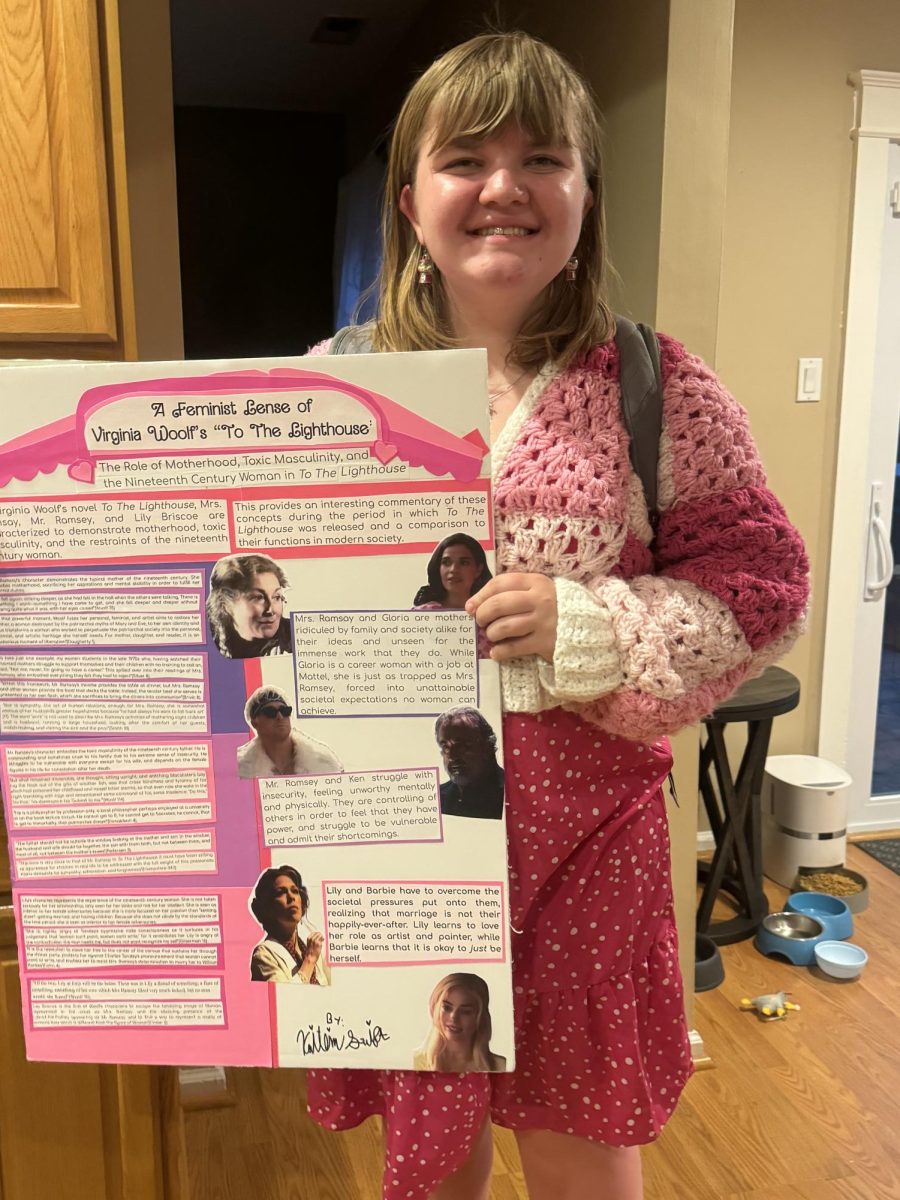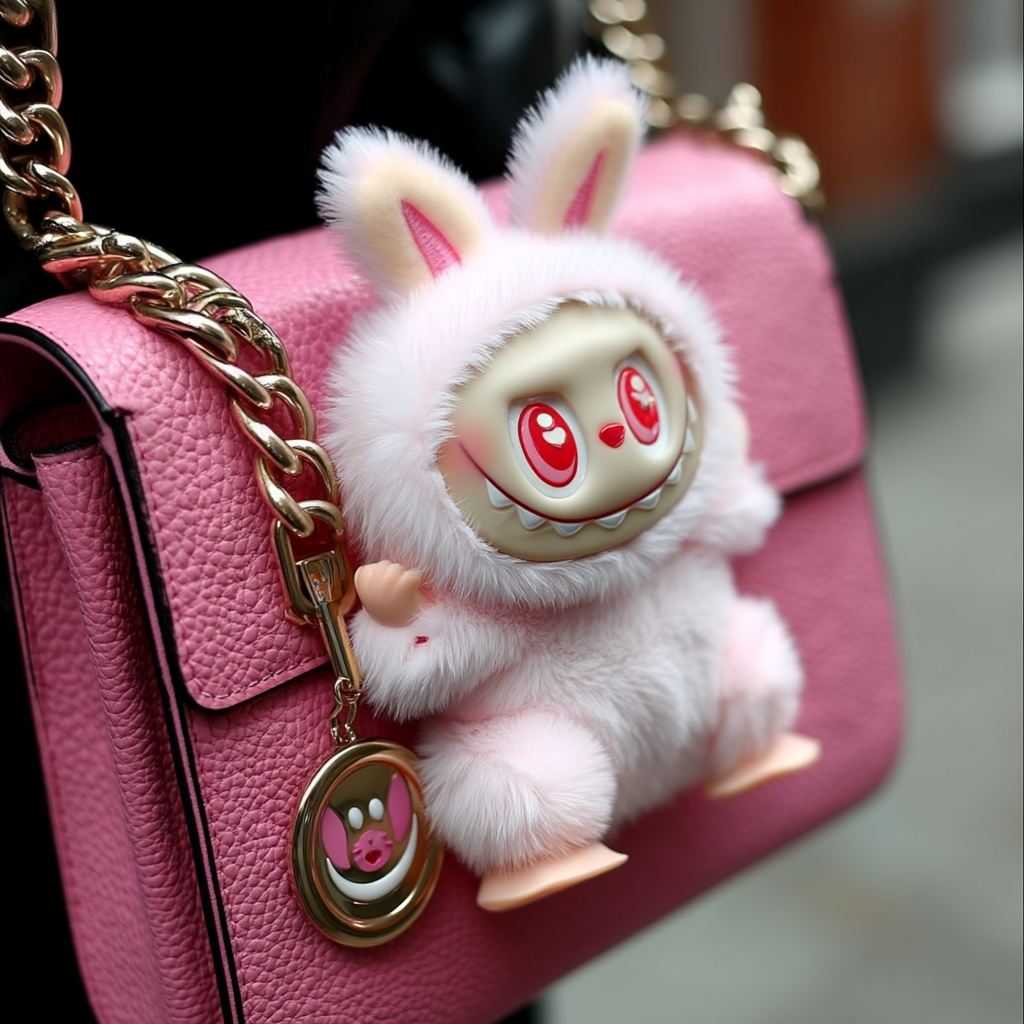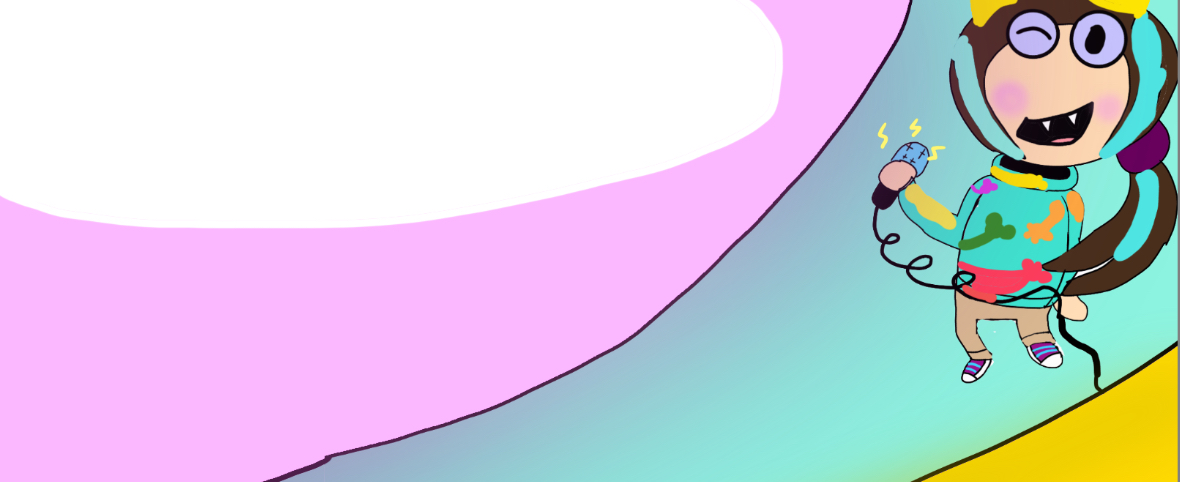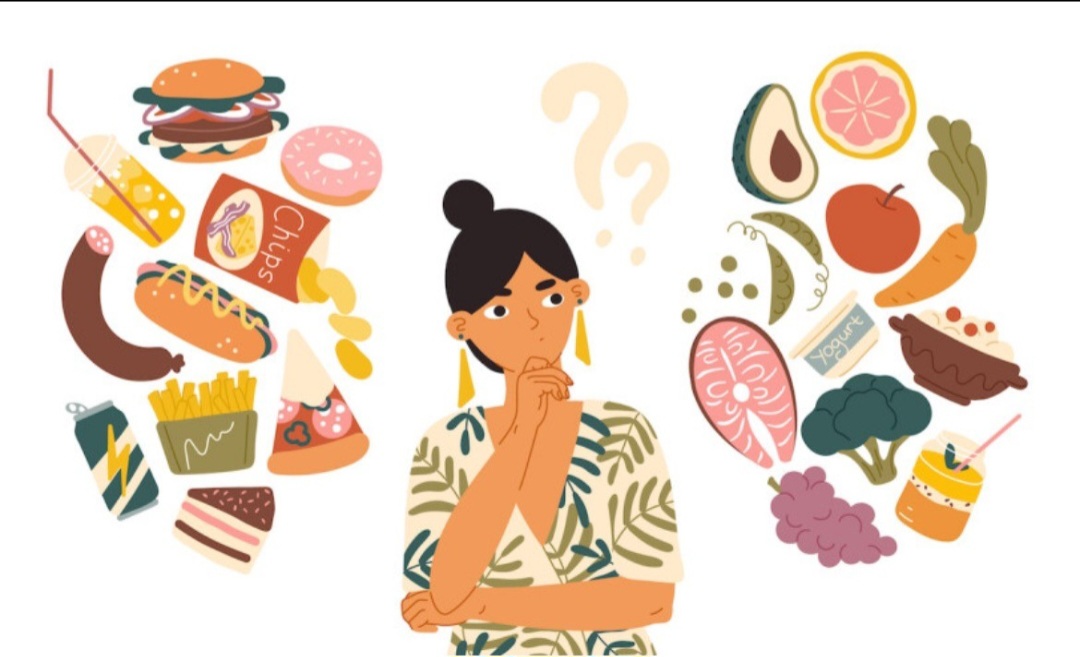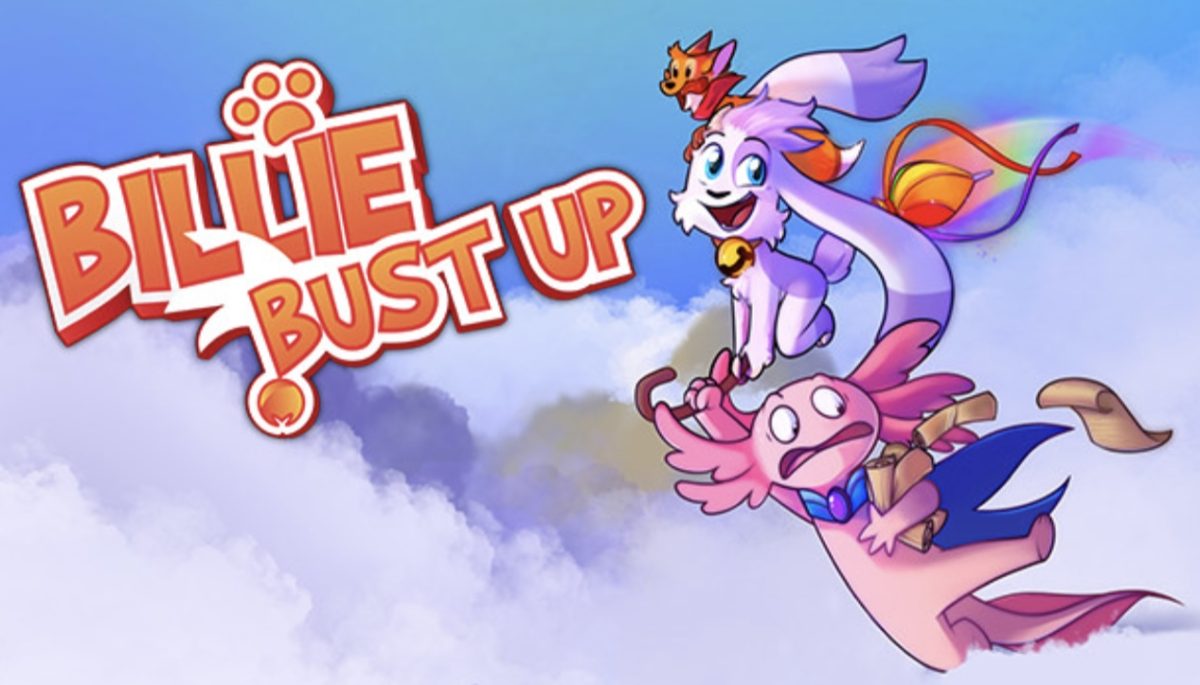K: Choosing a college is a challenge for many high school students. It puts their destiny in their hands: the first major decision they make, potentially changing their life for the better or worse. Many students choose it-schools一coveted colleges that are renowned by all and satisfy parents, students, and society. But what about students who can’t afford such an elite institution? Who don’t receive the full-ride scholarship? Where do they go?
M: “Party School” by Jon Hart answers this question. Through the eyes of student Dylan Mills, we experience the stress and horrors of our generation’s need for acceptance. This coming-of-age novel highlights college stigmas and the truth behind them. Dylan mopes over his high school ex-girlfriend Rosemary Silversmith who attends a so-called “it” school, while he attends the small North South University. She is embarrassed and ashamed, yet he looks up to her for everything throughout his high school years. As Dylan’s small-town college has a glorifying reputation for constant drinking and drugs, this book changes the stigmatism into exploring what truly matters: the character of the students and the journey they undergo.
M: From Dylan’s participation in an underground motorcycle club—unlicensed and unsupervised— and Rosemary’s new love interest, things get interesting quickly, to say the least. Rosemary makes her way back to Dylan, but at what cost? And with what reward? Has college changed them for the better or the worse? With a thrilling plot that stirs up drama between the characters, the novel comes full circle by the end of the story in a classic confusion of young love.
K: As a child with two teacher-parents, I heavily relate to “Party School” and Dylan’s struggle to find a school that could help him monetarily. Many students at my school have parents who are doctors, lawyers, professors一and I am always in awe when I see their massive houses, compared to my medium-sized suburban house. They can afford the prestigious institutions everyone dreams of, but I need to rely on scholarships and student loans.
What Hart does best in this novel is write from the perspective of someone who doesn’t have it all. A main character who desperately wants to be accepted, living in a suburban hellscape. A place where if you aren’t going to a “dream school” that costs more than a Lamborghini, you are chastised. His satire about “it schools” and the lengths people go to get their kids into them is what makes this novel great.
I was not expecting the twist of the fraud scandal, with parents paying tutors to get their kids into elite schools, but it was one of the best parts! I also enjoyed the satire of social media apology videos with the Taliban kid who turned out to be faking his entire story the whole time. The strongest part of the novel is its satire of the college decision process and the social scrutiny that comes with it.
With that being said, “Party School” is not without its pitfalls. My most major criticism is that it noticeably comes from a male-centric perspective. This makes it very cliche, with descriptions of his girlfriend Rosemary as pretty “even when she has a bun in”, and the women in the novel being mainly seen for their appearance rather than their personality. This does take away from the novel, in my personal opinion, but does not overshadow its excellent satire on college branding and choosing a socially acceptable college.
K & M: “Party School”, while flawed, is an exemplary example of the college experience of the unprivileged student. It tackles school shaming—an issue that many undergo but few discuss. With this, the future of our society should break the stereotypes defining what makes an “it school”, and instead recognize that no matter where a student goes, they will find themselves and have a memorable college experience. You don’t have to pay eighty thousand dollars a year or rig some SAT scores to do so. It will carry itself, and wherever one is meant to be they will end up.


